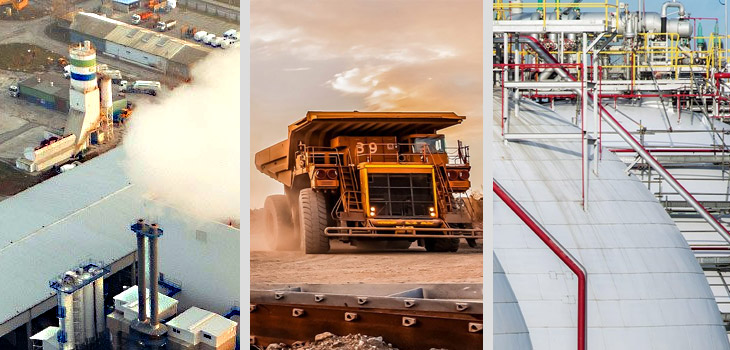There is no clear or universal industry definition or mechanism to describe and accurately define severe service valves (SSVs) and separate them from general purpose valves. Yet, such a definition would allow the industry to benefit from improved process performance, increased profitability, safety, and environmental protection. Most experts agree that SSVs are identified by applications, and that these applications are challenging to the valve’s ability to provide a minimum acceptable level of performance over a minimum acceptable duration.
Severe Service Valves can be used in any industry that undergo with severe service applications like Oil and Gas, Petroleum, Mining, Chemical, etc.
What do you mean by Severe Service Valves?
Severe Service Valves are the valves that are used for the harsh applications, can withstand high temperature and pressure, while making the process effective and efficient without damaging the valve. Severe Service Valves can be found in non-return, isolation, and control functions, although it is recognized that Severe Service Control Valves (SSCVs) do have reasonable industry agreement on what can define severe service. Severe Service Isolation Valves (SSIVs) do not have nearly as clear agreement or understanding. Non-return (check) valves for severe service applications should be treated as control valves and sized so that their operation is consistent with the flowrates of the process rather than the pipe size they are typically selected for.
Control valves take energy out of a piping system; isolation valves contain the energy and non-return valves delay and reduce the energy from its full effects on the isolation and control valves. All valve design functions require basic information, but those valves destined for severe service require a deeper understanding of all the factors that affect their in-service performance.
Why are they important?
Unlike control valves, isolation valves are static much of their installed life, like the pipe flange they are installed within. Typically, the valve datasheet provides us with adequate information for valve selection for this state. As with control valves for severe service applications, more and deeper information and consideration is required to select a severe service isolation valve (SSIV). The industry adheres to Codes like ASME B16.34, B31.1 and B31.3 to protect for this static state, but these do not provide much guidance for when the valve is in a dynamic situation.
An important element in selecting SSIVs is the consideration of what can occur while the SSIV is transitioning from its static, normal state to the other (open to closed, closed to open); when it is in dynamic conditions. During this dynamic state, conditions can be vastly different than when static. For example, closing a valve against a normal flow rate from its fully opened position will accelerate the fluid up and until it is stopped by the closed valve, while at the same time decrease its pressure (Bernoulli’s Principle) to a point where it may flash or choke.
How to calculate?
Identification of severe service conditions for control valves may be determined by performing sizing calculations using IEC 60534-2-1 or ISA 75.01.01 with the following information:
- Fluid state (liquid, gas, vapour, 2-phase, multi-phase, slurry)
- Flow rate at max, normal and min conditions (Q)
- Upstream pressure at max, normal and min conditions (P1)
- Differential pressure at max, normal and min conditions ((P1-P2) or (dP))
- Vapour pressure of liquids (Pv)
- Temperature (T1)
- Pipe size
